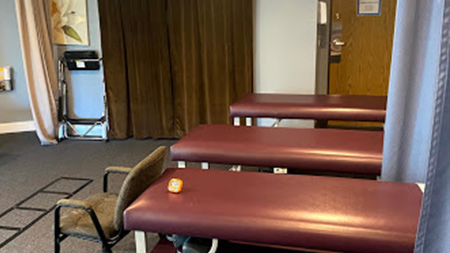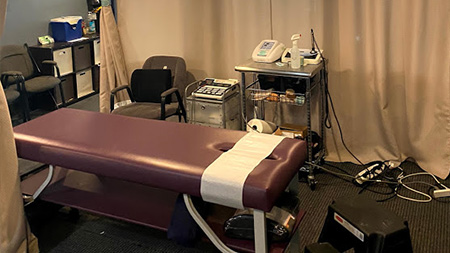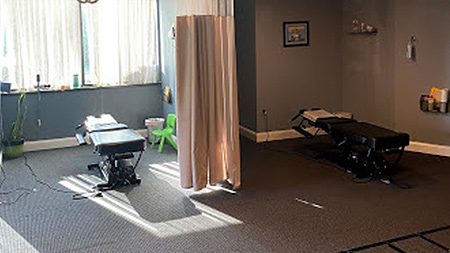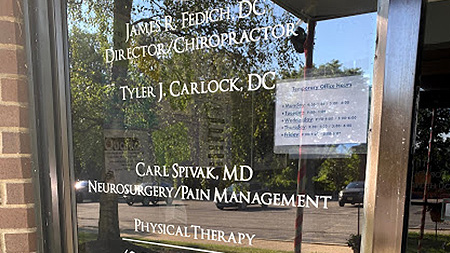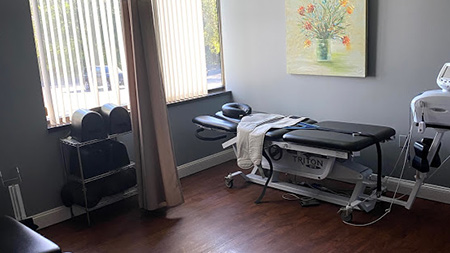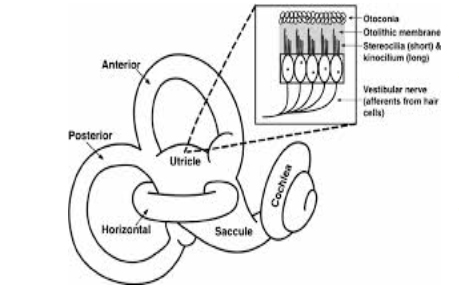
- Benign Paroxysmal Positional Vertigo
- Benign – it is not life-threatening
- Paroxysmal – it comes in sudden, brief spells
- Positional – it gets triggered by certain head positions or movements
- Vertigo – a false sense of rotational movement
BPPV is a mechanical problem in the inner ear. Benign paroxysmal positional vertigo (BPPV) is probably the most common cause of vestibular vertigo accounting for approximately 20–30% of diagnoses of vertigo. It occurs when some of the calcium carbonate crystals (otoconia) that are normally embedded in gel in another part of the inner ear dislodge and fall into one of the three canals of the inner ear.
If enough of these particles accumulate in one of the canals they can disrupt the normal flow of the fluid in the canal. This will cause the inner ear to send abnormal signals to the brain causing certain head motions to trigger a sense of Vertigo/Dizziness. The majority of cases occur for no apparent reason, with many people describing that they simply went to get out of bed one morning and the room started to spin.
The sense of dizziness or vertigo from BPPV usually lasts less than 1 minute. It is usually brought on by particular head motions such as looking upward or downward or to one side. Such as looking up to a high shelf, shampooing your hair, bending down to put on shoes or socks or rolling from one side to the other in bed.
Between vertigo spells some people are usually symptom-free, while others feel a mild sense of imbalance or disequilibrium.
HOW IS IT DIAGNOSED?
Normal medical imaging (e.g. an MRI) is not effective in diagnosing BPPV, because it does not show the crystals that have moved into the canals. When someone with BPPV has their head moved into a position that dislodges the crystals an error signal causes the eyes to move in a very specific pattern, called “nystagmus”.
The inner ears and the eye muscles are what normally allow us to stay focused on our environment while the head is moving. Since the dislodged crystals cause abnormal information to be sent to the brain, the person’s nervous system thinks they are moving when they’re not. It mistakenly causes the eyes to move, which makes it look like the room is spinning. Tests such as Dix-
Hallpike or Roll Tests involve moving the head into specific orientations. This causes movement of the dislodged particles triggering the vertigo and allows the clinician to look for specific eye movements that can help to specify which ear and canal has the problem.
HOW IS IT TREATED?
Though many people are given medication for BPPV, there is no evidence to support its use in treatment of this condition. In extremely rare circumstances, surgical options are considered. However, fortunately, in the vast majority of cases, BPPV can be corrected mechanically via Canalith Repositioning Maneuvers. Many studies have been done into the effectiveness of treatment maneuvers for BPPV, with results showing rates of resolution well into the 90% range by 1-3 treatments.
Symptoms not associated with BPPV!
It is important to know that BPPV will NOT give you constant dizziness that is unaffected by movement or a change in position. It will NOT affect your hearing or produce fainting, headache or neurological symptoms such as numbness, “pins and needles,” trouble speaking or trouble coordinating your movements. If you have any of these additional symptoms, tell your healthcare provider immediately.
BPPV is a common problem, and will more then likely be seen more and more as our population ages. The impact can range from a mild annoyance to a highly debilitating condition, and can affect function, safety and fall risk.
If you have any questions regarding this condition and would like more information contact Village Family Clinic or please feel free to ask one of our staff members or clinicians,.




